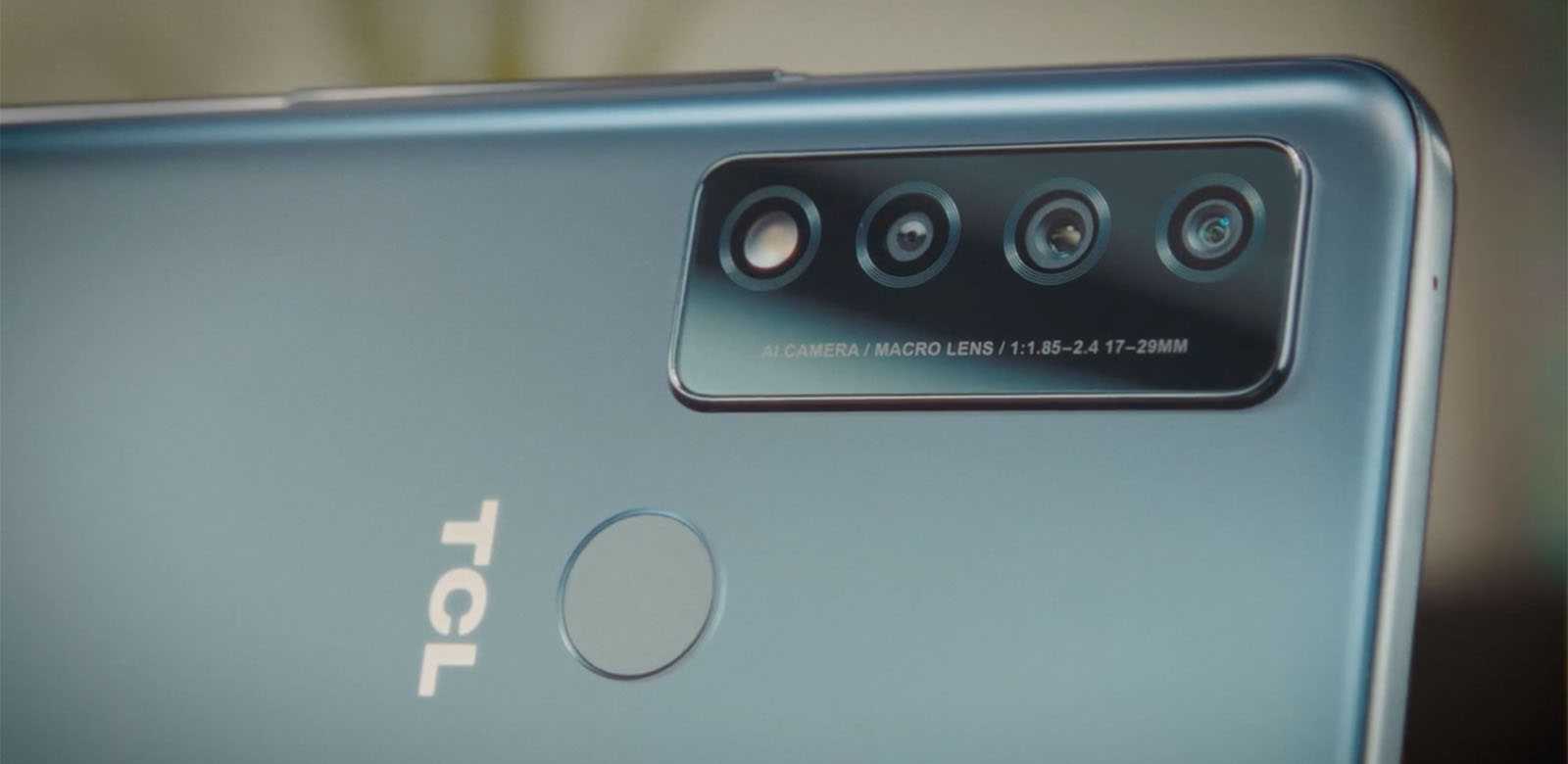While Apple and Samsung sell a majority of the smartphones on the market and typically price their flagship models in the range of $1,000 or more, there are many consumers who do not wish (or can’t afford) to pay that much. Apple and Samsung do offer cheaper models – the iPhone SE ($399) and Galaxy A31 ($299) – but the companies do not prioritize low-cost models. This provides an area of opportunity for other Android smartphone makers to provide a range of more affordable options.
At the recent Mobile World Congress, Nokia and TCL were two of the manufacturers doing just that. TCL revealed an expansion to its 30-Series line with five new models (bringing the total to seven). The models were announced for European markets but given that the first two models in the 30-Series did launch in the US, it’s likely that more will be headed to this side of the Atlantic. The cheapest model, the TCL 30E, is priced at 139 Euros, or just over $150 while the upper-end TCL 30 5G retails for 249 Euros, or about $275. The latter is the only model to offer 5G network compatibility, a feature that’s mostly been reserved for much more expensive phones thus far.
HMD Global, which makes Nokia phones, introduced three new models at the event: the Nokia C2 2nd Edition, the Nokia C21, and the C21 Plus. Prices range from 79 Euros ($87) to 119 Euros ($132) and the models will become available in select markets this April.
OnePlus and Motorola have low-cost options for budget minded consumers as well. At under $300, the OnePlus Nord N200 5G is the cheapest 5G-enabled smartphone on the market. Meanwhile, the Moto G Power (under $250) and Moto G Stylus ($299) are good, affordable options for consumers looking for solid battery life or a stylus-enabled phone, respectively.
None of these affordable phones is expected to compete with upper-tier models for the best screen, camera, or device speed, but smartphone technology has advanced so far over the last decade that a portion of consumers will be happy to pay less for tech that’s “good enough.” That’s especially true for low-to-moderate income earners.
According to Interpret’s New Media Measure®, 39% of iPhone users earn over $100,000, whereas only 21% of Android phone users (apart from Samsung) see that level of household income. Conversely, iPhone users are less likely to earn under $25,000 or under $50,000 compared to Android phone users.




